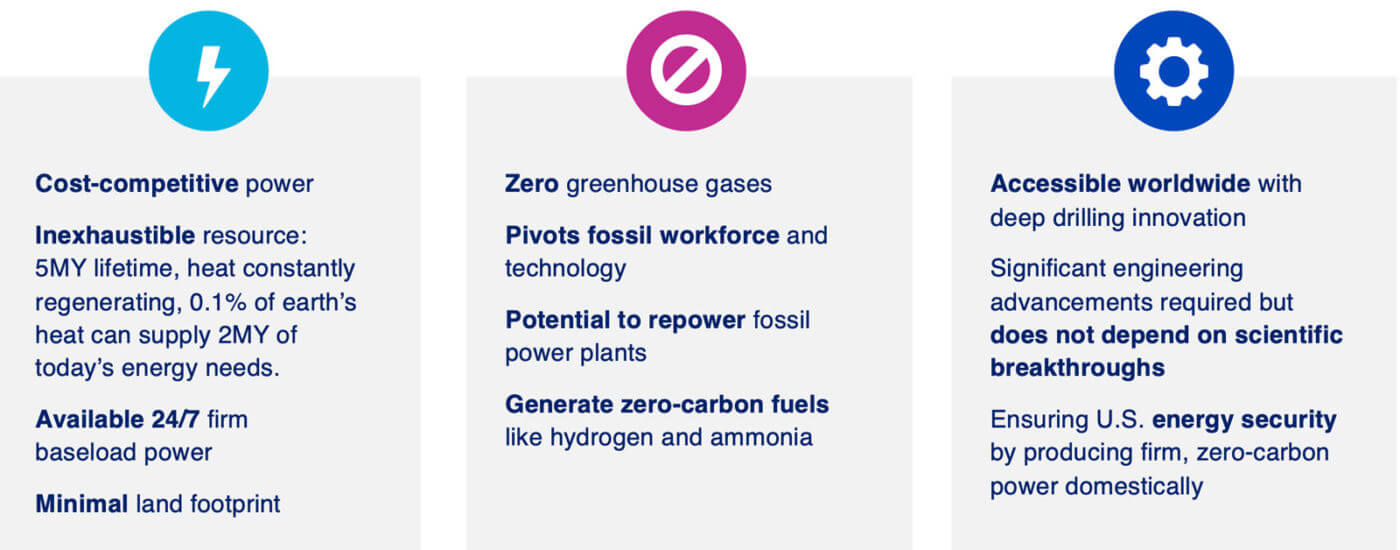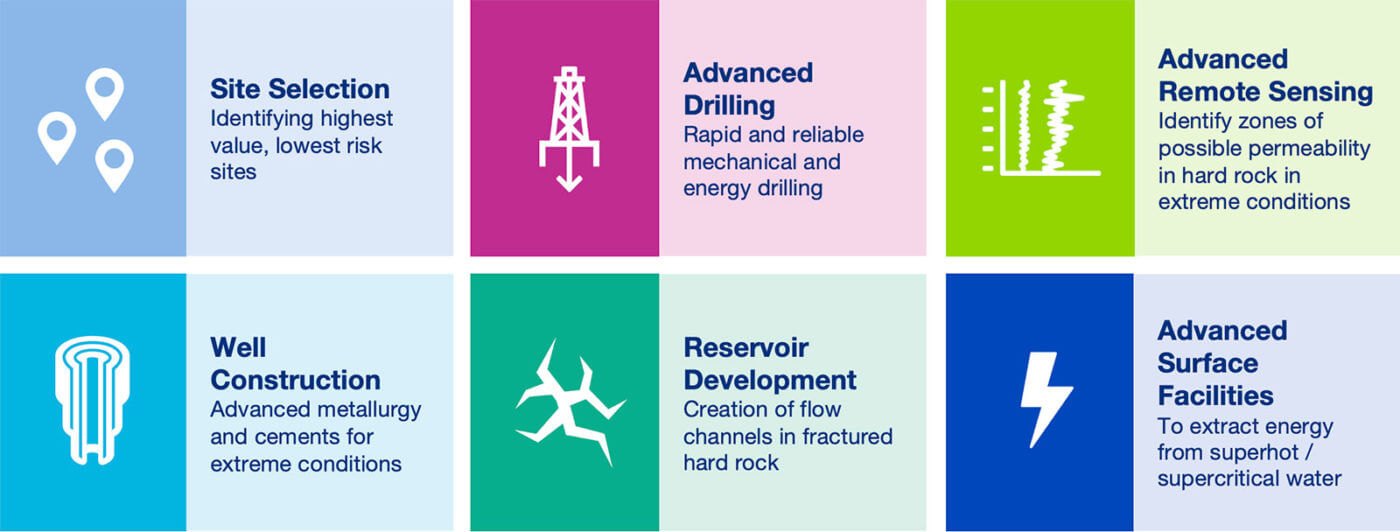Today, U.S. President Joe Biden signed into law the Inflation Reduction Act of 2022, securing an historic $369 billion investment in clean energy and climate action. CATF issued the following statement from its President, Armond Cohen:
“Today marks a critical victory in U.S. climate policy. Managing climate change is first and foremost about the supply side: transitioning from carbon-emitting energy to zero-carbon energy. This historic bill accelerates that shift in a pragmatic way that, importantly, is based on building a durable consensus across constituencies. The Inflation Reduction Act is not only the largest-ever U.S. investment in climate action, it’s also a model for global climate policy because it is grounded in technical and economic reality and recognizes that we need more options, not fewer, to solve this problem.
And this legislation indeed approaches the mission with all the tools available: methane abatement, clean energy infrastructure deployment, carbon capture and storage, zero-carbon fuels, nuclear energy, superhot rock energy, and more. Each of these tools has a role to play in driving down U.S. emissions, and innovation here will not only create whole new industries and technologies but, also, in doing so, help drive global decarbonization efforts.
As we celebrate this moment, we must also prepare for the hard work of getting the Inflation Reduction Act implemented efficiently at the federal and state level and getting the clean energy systems authorized and built — while working to drive similar progress around the world. Onwards!”
— Armond Cohen, President, Clean Air Task Force
Press Contact
Troy Shaheen, Communications Director, U.S., [email protected], +1 845-750-1189
About Clean Air Task Force
Clean Air Task Force (CATF) is a global nonprofit organization working to safeguard against the worst impacts of climate change by catalyzing the rapid development and deployment of low-carbon energy and other climate-protecting technologies. With 25 years of internationally recognized expertise on climate policy and a fierce commitment to exploring all potential solutions, CATF is a pragmatic, non-ideological advocacy group with the bold ideas needed to address climate change. CATF has offices in Boston, Washington D.C., and Brussels, with staff working virtually around the world. Visit catf.us and follow @cleanaircatf.
[ad_2]
Originally Appeared Here
 How it works. SHR will utilize injection and production wells in fractured (left) or closed-loop (right) systems to bring 5-10X the heat of a conventional geothermal well to the surface. (Note: The use of a closed loop system may have a lower relative power production potential than a fractured system — both options should be supported until the optimal method is determined.)
How it works. SHR will utilize injection and production wells in fractured (left) or closed-loop (right) systems to bring 5-10X the heat of a conventional geothermal well to the surface. (Note: The use of a closed loop system may have a lower relative power production potential than a fractured system — both options should be supported until the optimal method is determined.)  Superhot rock energy’s value proposition
Superhot rock energy’s value proposition Engineering tasks and innovations required for superhot rock energy commercialization.
Engineering tasks and innovations required for superhot rock energy commercialization.